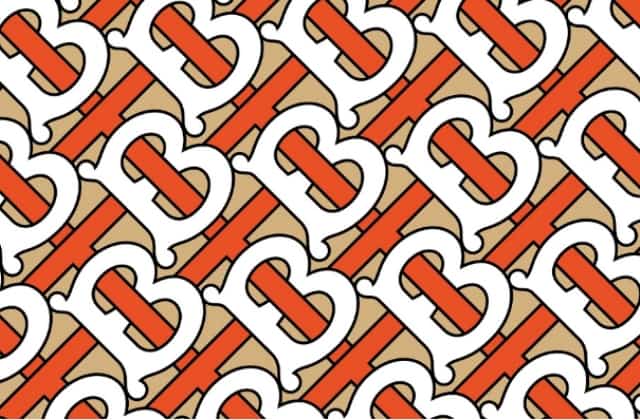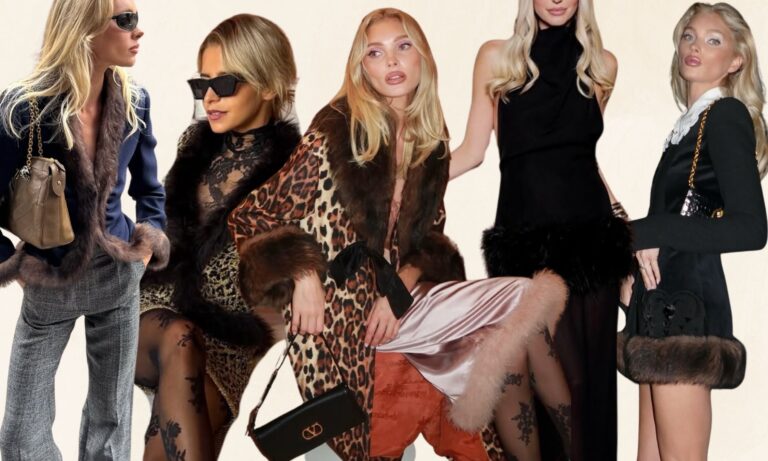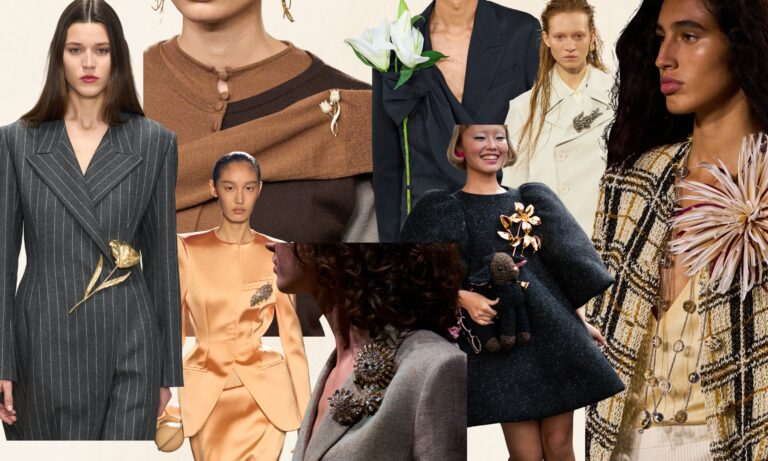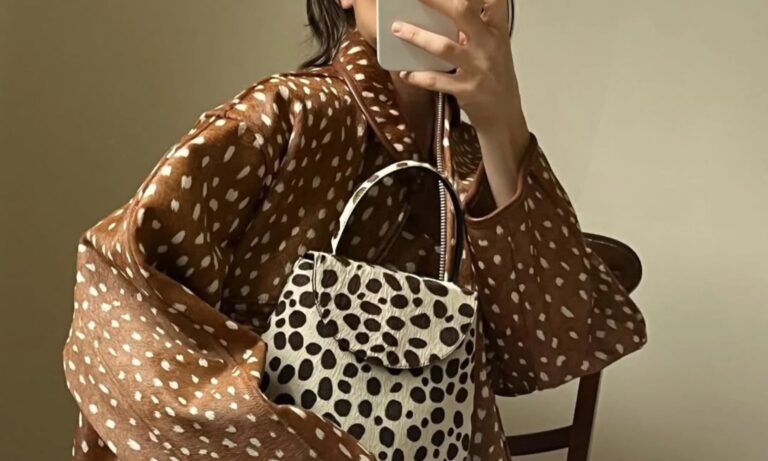Fashion has a way of reviving the past, and the latest runways have made one thing clear: statement hats and headpieces are reclaiming their place at the forefront of style. From structured silhouettes reminiscent of the ‘50s to bold, futuristic interpretations of classic headwear, designers are embracing a neo-retro aesthetic—one that pays homage to history while pushing boundaries for the modern era.
A Symbol of Status and Elegance: The Early Days of Headwear
Hats and headpieces have held significant cultural meaning for centuries. In ancient civilizations such as Egypt, Greece, and Rome, headwear signified status, religious affiliation, or military rank. During the Middle Ages, elaborate headdresses, from hennins (cone-shaped hats worn by noblewomen) to coifs and wimples, dominated European fashion, reinforcing social hierarchy and modesty.
By the Renaissance and Baroque periods, hats became essential for both men and women of high society. Wide-brimmed designs, feathered adornments, and structured bonnets reflected wealth and sophistication, with milliners gaining prominence as sought-after artisans.
The Golden Age of Hats: The 18th to Mid-20th Century
From the 18th to the early 20th century, hats were at the peak of their influence. The Edwardian era saw extravagant, oversized hats adorned with lace, ribbons, and even taxidermy birds, while the 1920s ushered in the sleek, close-fitting cloche hat, perfectly complementing the flapper aesthetic.
By the 1940s and 1950s, headwear had become synonymous with polished, ladylike dressing. Designers like Christian Dior solidified the role of hats in high fashion, pairing veiled fascinators and structured berets with his revolutionary “New Look.” Meanwhile, men’s fashion embraced fedoras, trilbies, and bowler hats as a mark of gentlemanly sophistication.
The Decline and Subcultural Rebellion
As the 1960s ushered in a wave of youth-led rebellion, hats began to lose their everyday status. The rise of casual dressing, influenced by figures like Jackie Kennedy and Brigitte Bardot, saw a shift toward effortless hairstyles that rendered traditional headwear less essential. By the 1970s and 1980s, hats became more associated with subcultures than mainstream fashion—think punk leather caps, disco-era fedoras, and the oversized berets worn by hip-hop pioneers in the late ‘80s and early ‘90s.
The 21st Century Revival: Nostalgia Meets Innovation
While headwear took a backseat for much of the late 20th century, designers and pop culture icons have been steadily bringing it back. The early 2000s saw a resurgence of bucket hats and berets, with celebrities like Beyoncé and Kate Moss reintroducing them into everyday wear. Today’s “neo-retro” movement draws from all eras—veiled fascinators reminiscent of the 1950s, oversized couture headpieces recalling Schiaparelli’s surrealist creations, and even futuristic takes on historical silhouettes, like sculptural hats that blend Victorian inspiration with avant-garde materials.
Milliners and designers alike are embracing headwear as a form of artistic expression, proving that hats and headpieces are no longer just a nostalgic accessory but a bold statement in modern fashion. Whether reviving the elegance of past decades or pushing headwear into new, boundary-breaking forms, the return of hats is a testament to fashion’s love affair with reinvention.
Now, here are six standout runway moments that prove hats and headpieces are more than just accessories—they’re the finishing touch defining today’s fashion landscape.
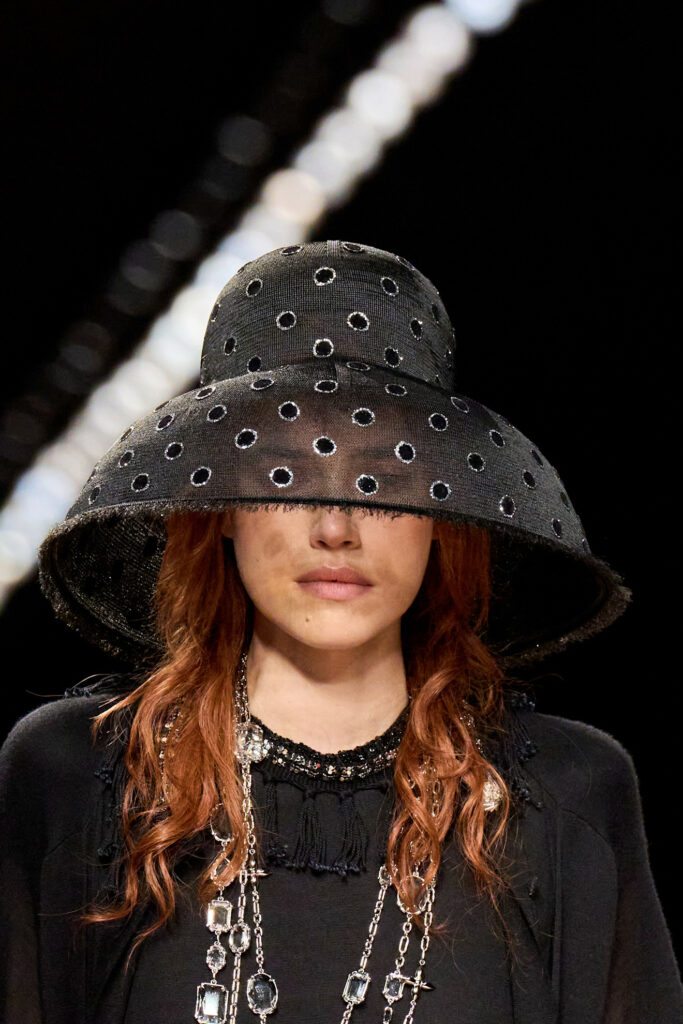
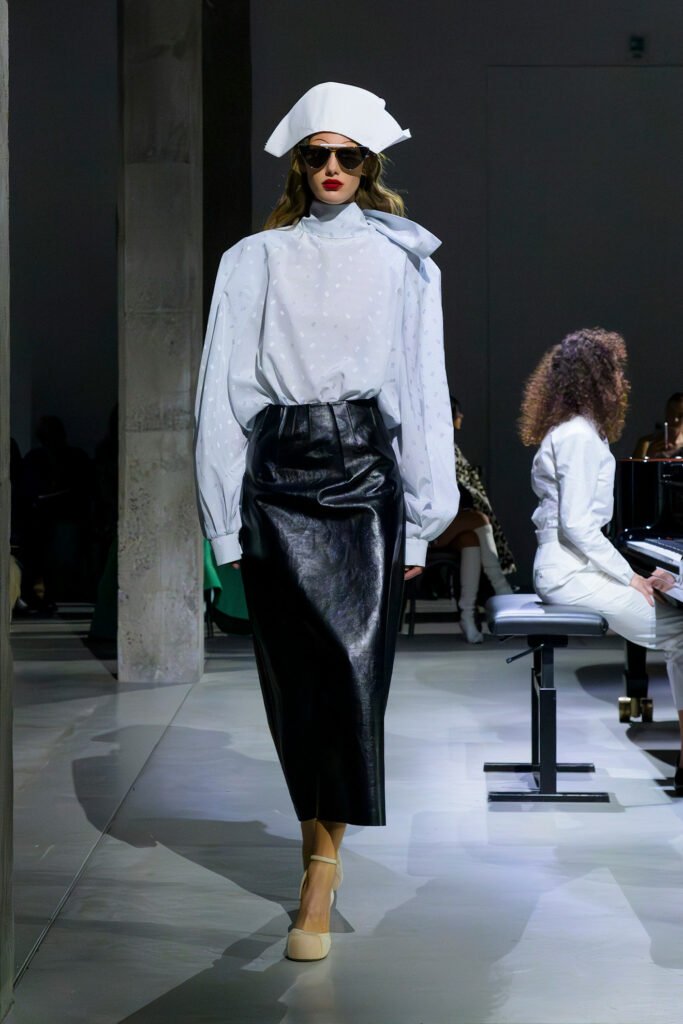
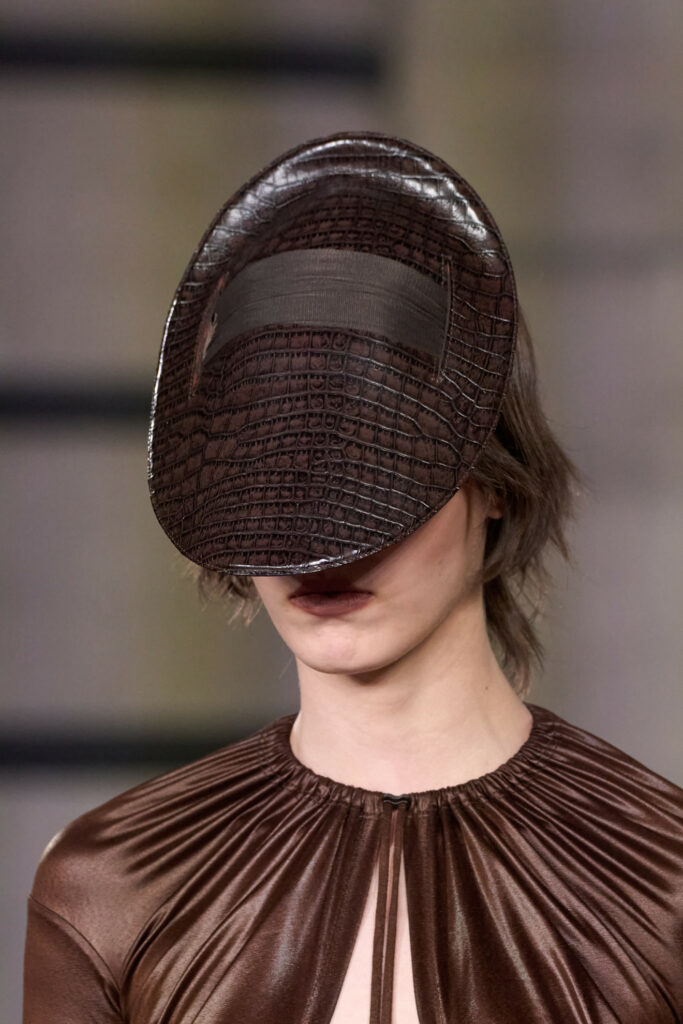
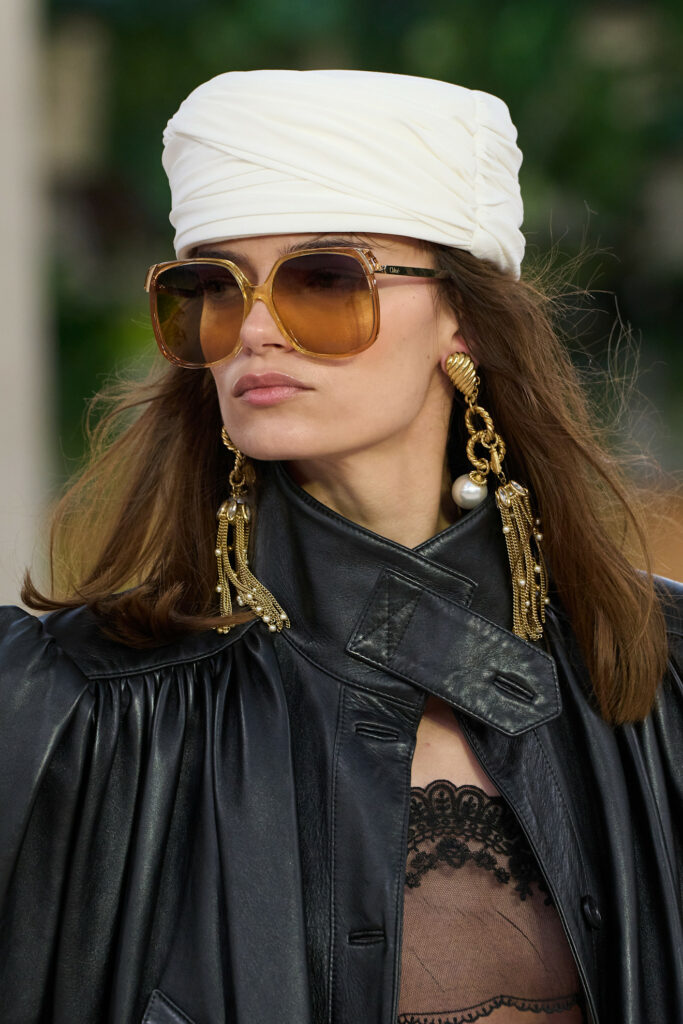
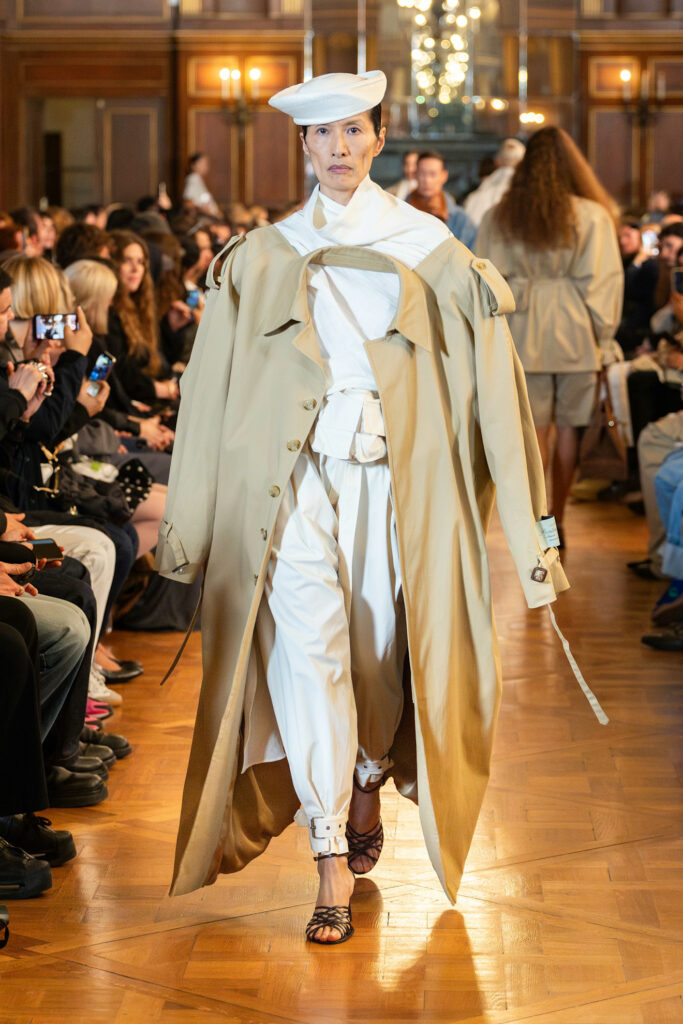
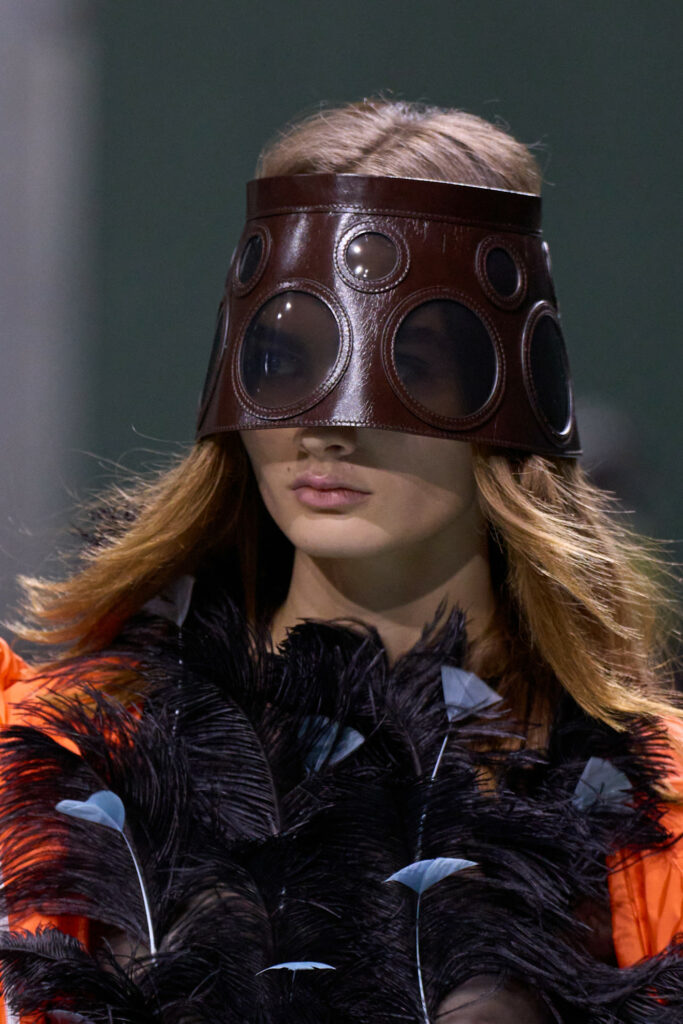
ALSO READ: FAKE IT TILL YOU MAKE IT: GEN Z’S LUXURY HACK & DUPES TAKING OVER HIGH FASHION.

